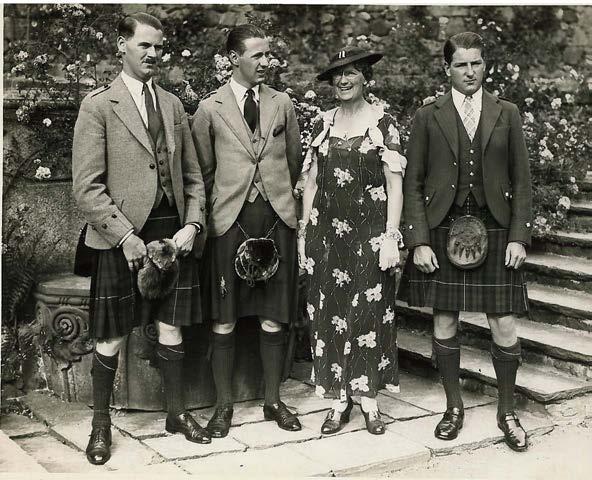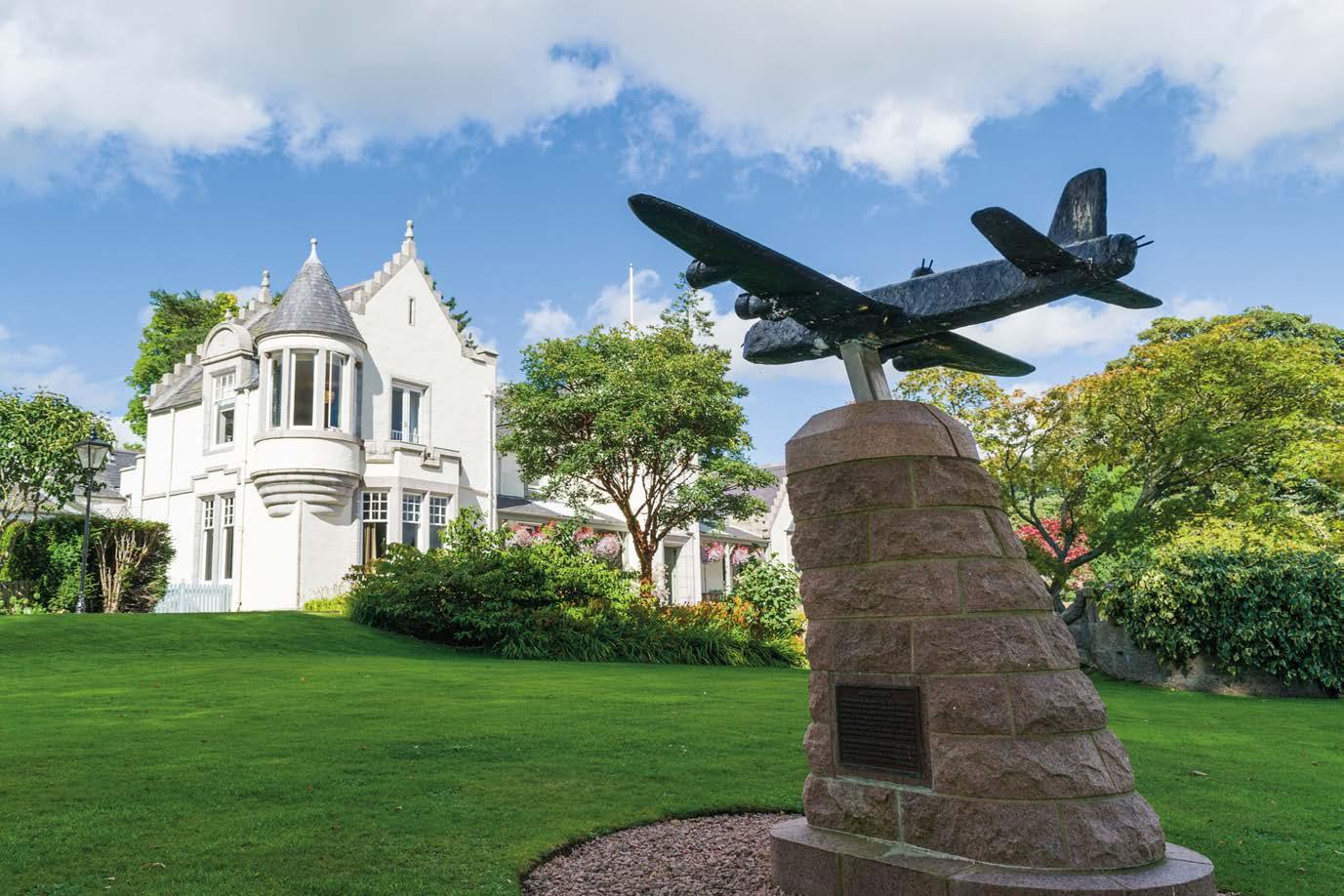
4 minute read
MacRobert’s reply
The Aberdeenshire hotel that is the legacy of one mother’s remarkable resilience in the face of tragedy
Words by SALLY COFFEY
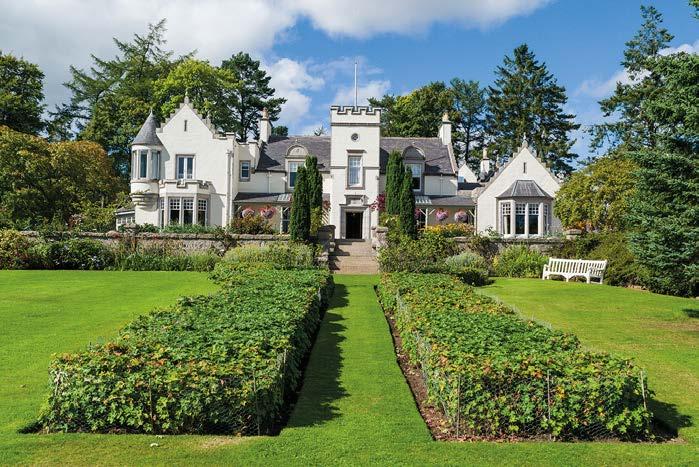
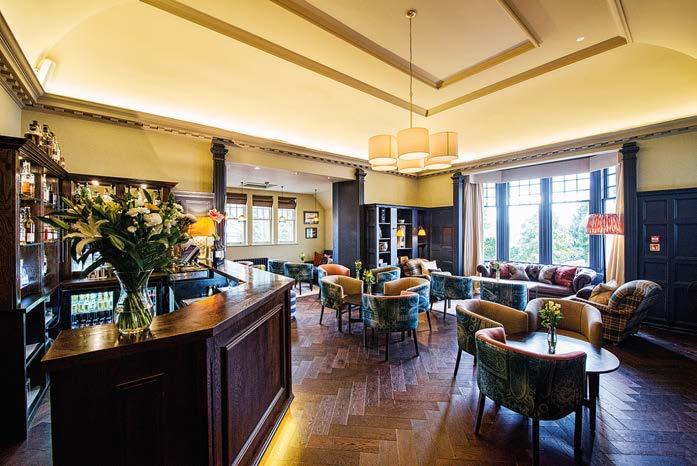
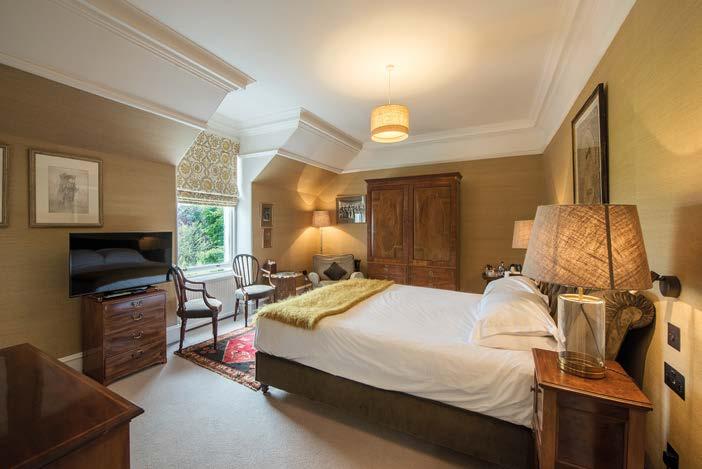
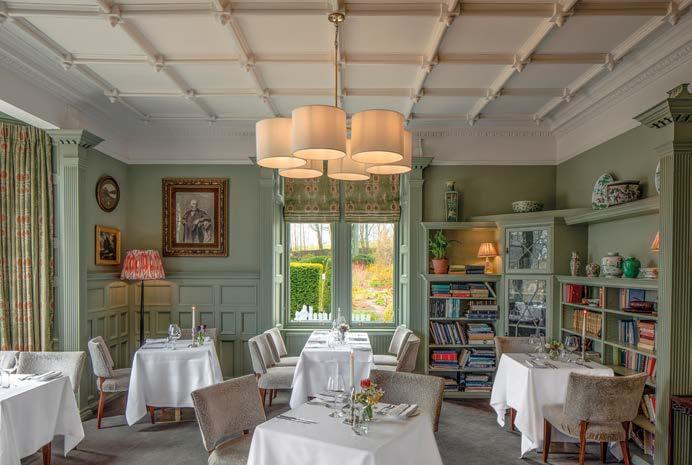
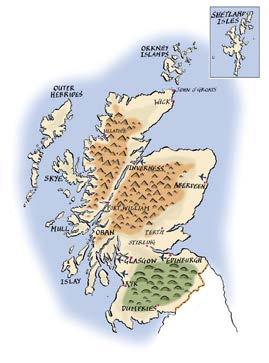



Douneside, an elegant country retreat in Cromar, Aberdeenshire, on the edge of the Cairngorms National Park and just 20 miles from Balmoral, may not be the oldest of Scotland’s historic houses but its story, and particularly the reason you can stay here today, is one of the most affecting.
Sir Alexander MacRobert, a self-made millionaire, who rose from humble beginnings to found the British India Corporation, bought the Burnside Estate (now known as Douneside) in 1888. Initially intended as a holiday home for Sir Alexander and his rst wife, Georgina, the house was modest compared with what you see today.
Georgina died of cancer in 1905 and in 1909, on a voyage back from India, Sir Alexander met Rachel Workman, a wealthy US geologist who was to become his second wife, known as Lady MacRobert. The couple transformed Douneside into a splendid Edwardian country house and gardens, which sits on a large estate, adding extra rooms and a tower, in which they lived with their three sons: Alasdair, Roderic and Iain.
Sir Alexander MacRobert died of a heart attack in 1922 – the same year he was made a baronet – but it was a tragic series of events in the lead up to and during the Second World War that led the house to turn from a private home into a charitable trust.
In 1938, the couple’s eldest son, Alasdair, was killed in a civil ying accident, aged just 26. Three years later, Roderic, a pilot in the Royal Air Force, was lost in action on 22 May 1941, also aged 26. Less than six weeks afterwards, the unthinkable happened: the youngest son Iain was reported missing when he failed to return from an RAF mission. He was aged 24 and his body was never found.
Still reeling from her unfathomable grief, Lady MacRobert’s immediate response was to donate £25,000 to the RAF to buy a Short Stirling bomber on condition that it be named ‘MacRobert’s Reply’ to honour her sons. Other RAF aircraft have since carried the name.
In 1942, Lady MacRobert donated a further £20,000 to the RAF for four Hurricane ghters: one named after each of her sons, and one named after her. According to the MacRobert Trust, she subsequently set up a series of trusts to “provide the means and organisation to foster the traditional ideals and spirit, which she believed had prompted so many young people, including her own sons, to ght in the Second World War.” These have since been amalgamated into one charitable trust.
Following the death of Lady MacRobert in 1954, the house was placed into the MacRobert Trust, in line with her wishes, and opened to members of the armed forces and their families as a place to spend quality time together and convalesce in tranquillity and peace.
In 2016, following a £5m revamp, the house became a luxury hotel open to everyone. Despite now welcoming all guests, military personnel (both serving and retired) and their families, as well as widows and widowers of members of the armed forces, are still offered special rates. Today, Douneside is of the standard you would expect of the most genteel of country houses. The grand drawing room leads through to a cosy bar area and tables out front look out over the in nity lawn and garden, which were landscaped under Lady MacRobert’s watchful eye. There is also a spa with pool and two restaurants: the main Conservatory and the more intimate Library. Accommodation comprises 13 elegant rooms in the main house, plus a selection of cottages and apartments in the grounds. The Lady MacRobert Suite, with its tripleaspect windows – including a corner turret – is undoubtedly the best and exudes the classic contemporary style that can be found throughout the hotel, with a mix of antique furnishings, modern Scottish fabrics and personal artworks.
And that’s just it, the family’s story is never far away. Newspaper cuttings and old family photos ght for space on the walls throughout the house and a Louis Vuitton travel case that once belonged to Lady MacRobert has been requisitioned as a table in the entrance hall.
Most poignantly, on entering the building, there are paintings of each of the three boys as children. With their angelic faces looking down at you, with no thought of what was to come, it would take a hard heart not to be moved.
A model of the MacRobert’s Reply plane stands on the lawn as another reminder of a mother’s resolve and determination to honour her sons and to ensure that they are never forgotten. S
dounesidehouse.co.uk CENTRE: Lady MacRobert and her three sons, Alasdair, Roderic and Iain
OPPOSITE PAGE:
The country house hotel today


